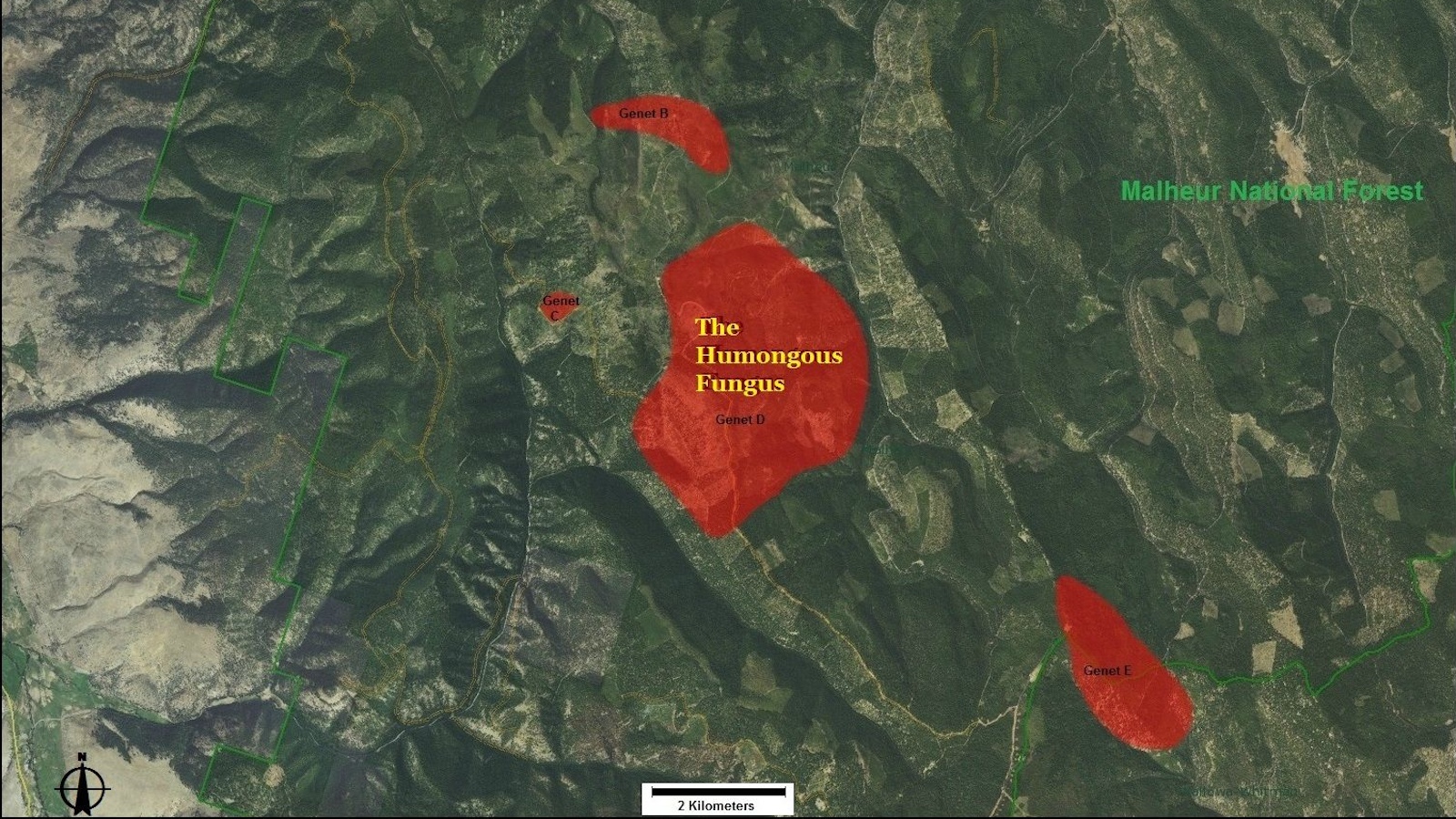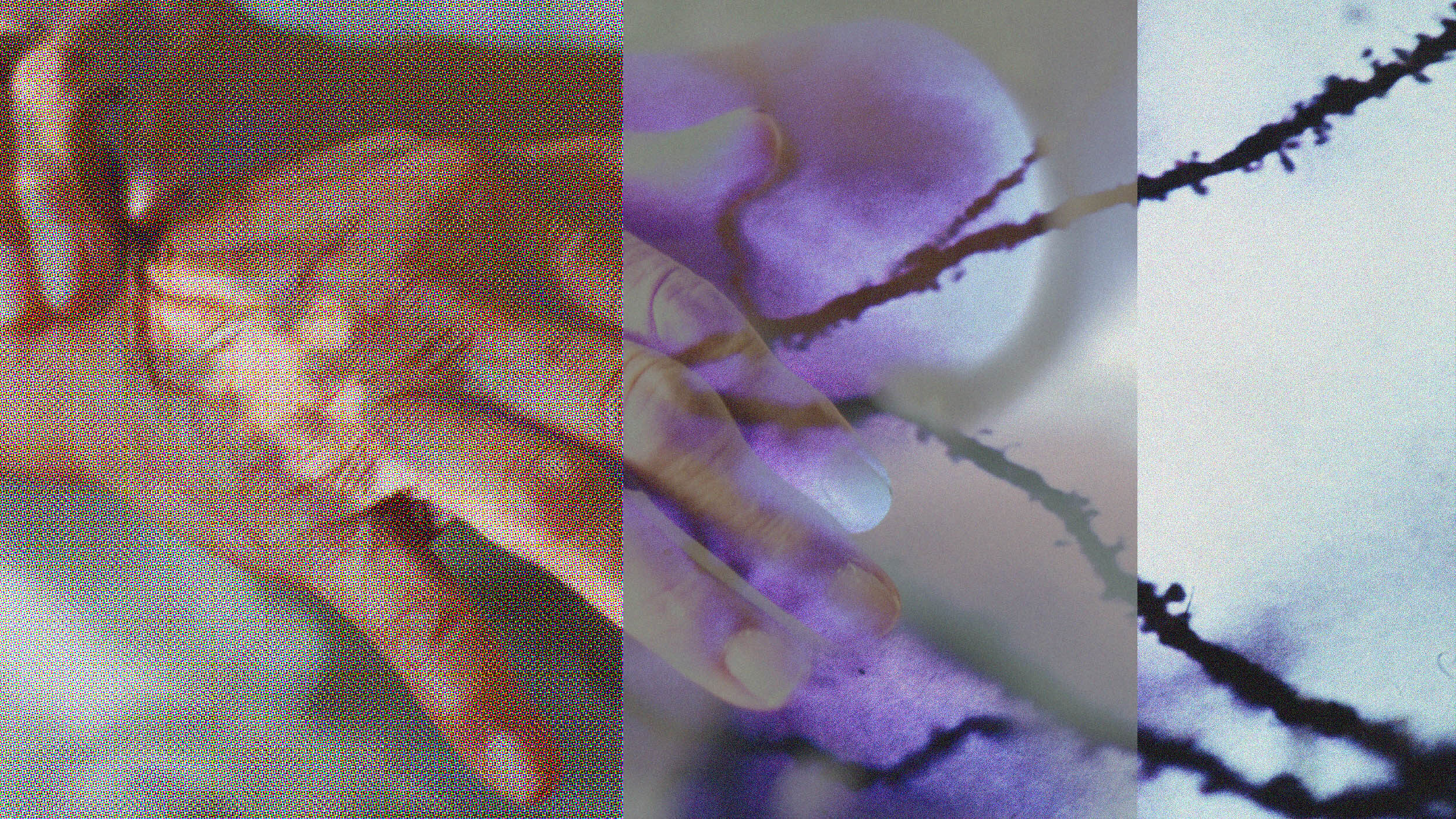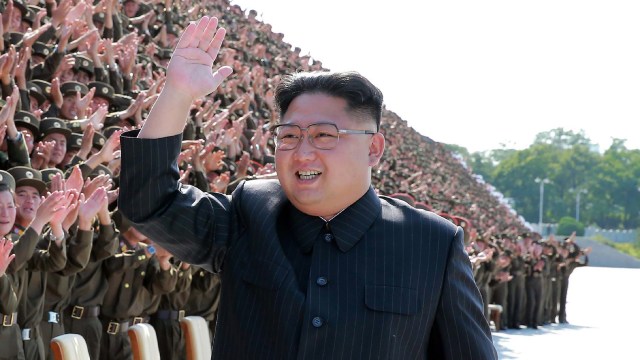What was it like when life’s complexity exploded?
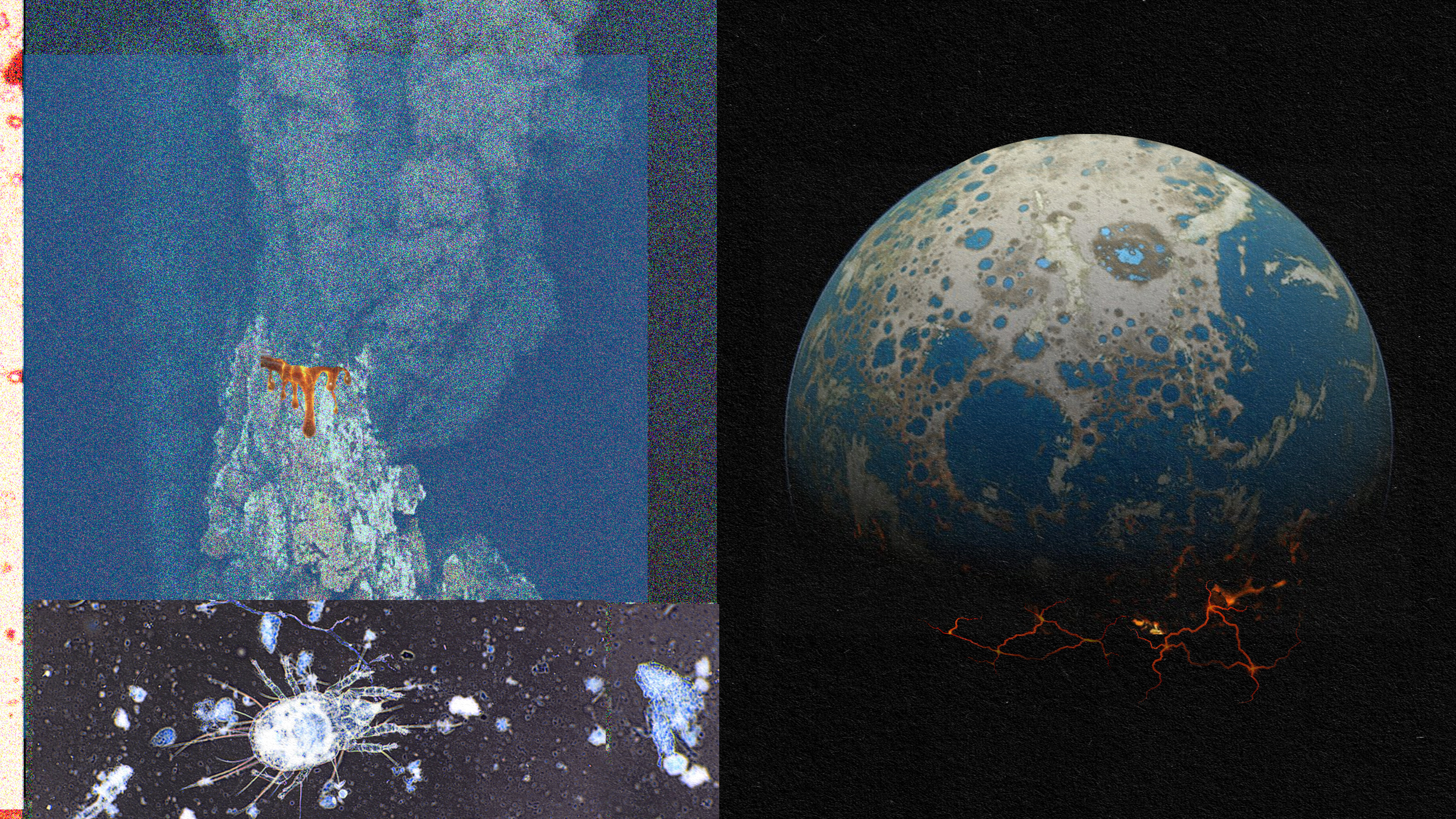
We’re a long way from the beginnings of life on Earth. Here’s the key to how we got there.
The Universe was already two-thirds of its present age by the time the Earth formed, with life emerging on our surface shortly thereafter. But for billions of years, life remained in a relatively primitive state. It took nearly a full four billion years before the Cambrian explosion came: where macroscopic, multicellular, complex organisms — including animals, plants, and fungi — became the dominant lifeforms on Earth.
As surprising as it may seem, there were really only a handful of critical developments that were necessary in order to go from single-celled, simple life to the extraordinarily diverse sets of creatures we’d recognize today. We do not know if this path is one that’s easy or hard among planets where life arises. We do not know whether complex life is common or rare. But we do know that it happened on Earth. Here’s how.
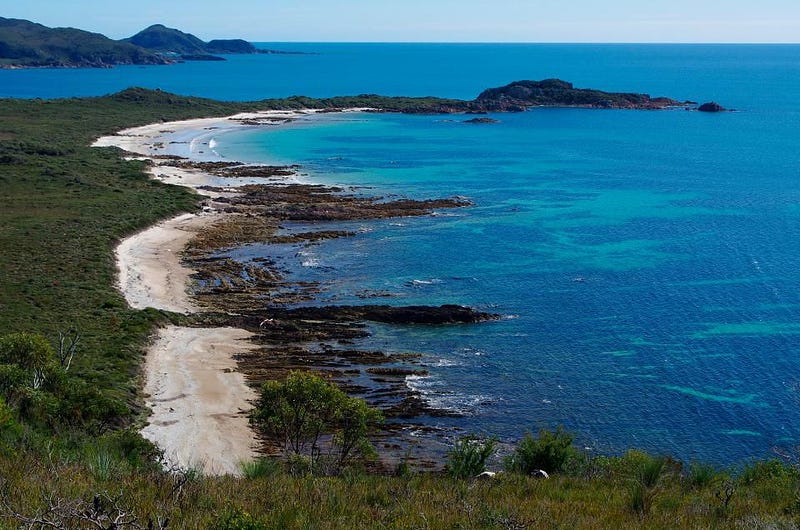
Once the first living organisms arose, our planet was filled with organisms harvesting energy and resources from the environment, metabolizing them to grow, adapt, reproduce, and respond to external stimuli. As the environment changed due to resource scarcity, competition, climate change and many other factors, certain traits increased the odds of survival, while other traits decreased them. Owing to the phenomenon of natural selection, the organisms most adaptable to change survived and thrived.
Relying on random mutations alone, and passing those traits onto offspring, is extremely limiting as far as evolution goes. If mutating your genetic material and passing it onto your offspring is the only mechanism you have for evolution, you might not ever achieve complexity.
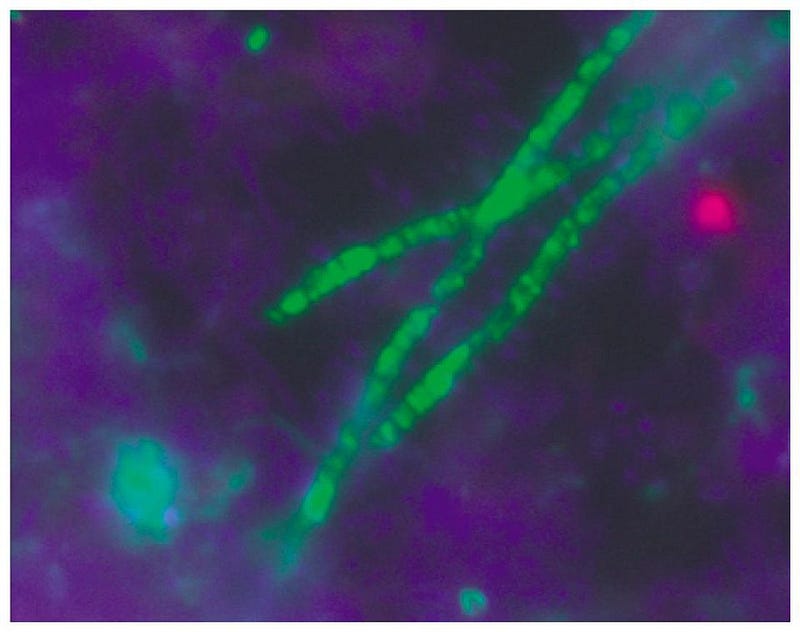
But many billions of years ago, life developed the ability to engage in horizontal gene transfer, where genetic material can move from one organism to another via mechanisms other than asexual reproduction. Transformation, transduction, and conjugation are all mechanisms for horizontal gene transfer, but they all have something in common: single-celled, primitive organisms that develop a genetic sequence that’s useful for a particular purpose can transfer that sequence into other organisms, granting them the abilities that they worked so hard to evolve for themselves.
This is the primary mechanism by which modern-day bacteria develop antibiotic resistance. If one primitive organism can develop a useful adaptation, other organisms can develop that same adaptation without having to evolve it from scratch.
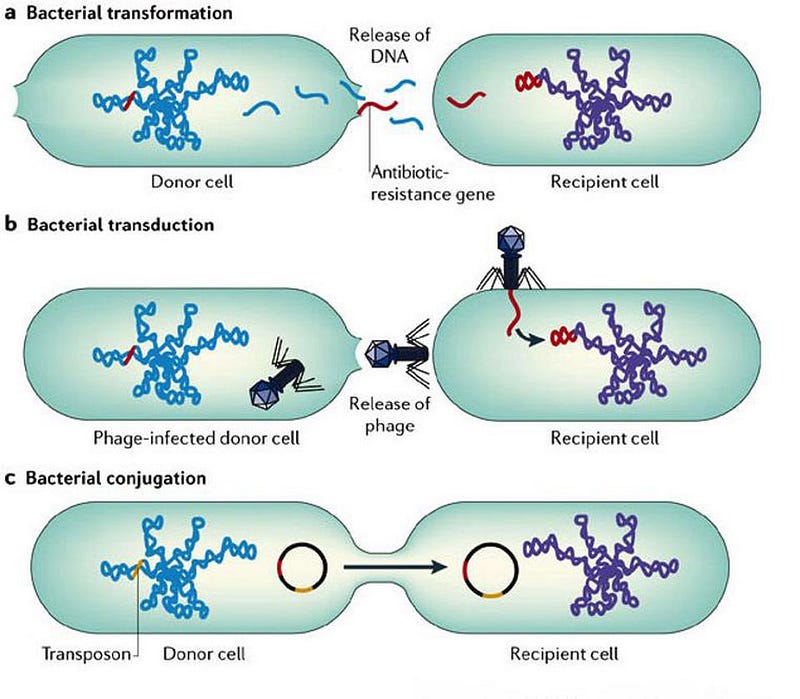
The second major evolutionary step involves the development of specialized components within a single organism. The most primitive creatures have freely-floating bits of genetic material enclosed with some protoplasm inside a cell membrane, with nothing more specialized than that. These are the prokaryotic organisms of the world: the first forms of life thought to exist.
But more evolved creatures contain within them the ability to create miniature factories, capable of specialized functions. These mini-organs, known as organelles, herald the rise of the eukaryotes. Eukaryotes are larger than prokaryotes, have longer DNA sequences, but also have specialized components that perform their own unique functions, independent of the cell they inhabit.
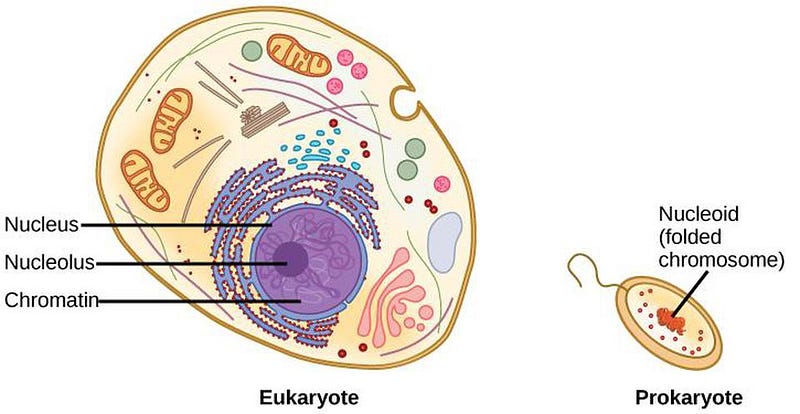
These organelles include a cell nucleus, the lysosomes, chloroplasts, golgi bodies, endoplasmic reticulum, and the mitochondria. Mitochondria themselves are incredibly interesting, because they provide a window into life’s evolutionary past.
If you take an individual mitochondria out of a cell, it can survive on its own. Mitochondria have their own DNA and can metabolize nutrients: they meet all of the definitions of life on their own. But they are also produced by practically all eukaryotic cells. Contained within the more complicated, more highly-evolved cells are the genetic sequences that enables them to create components of themselves that appear identical to earlier, more primitive organisms. Contained within the DNA of complex creatures is the ability to create their own versions of simpler creatures.
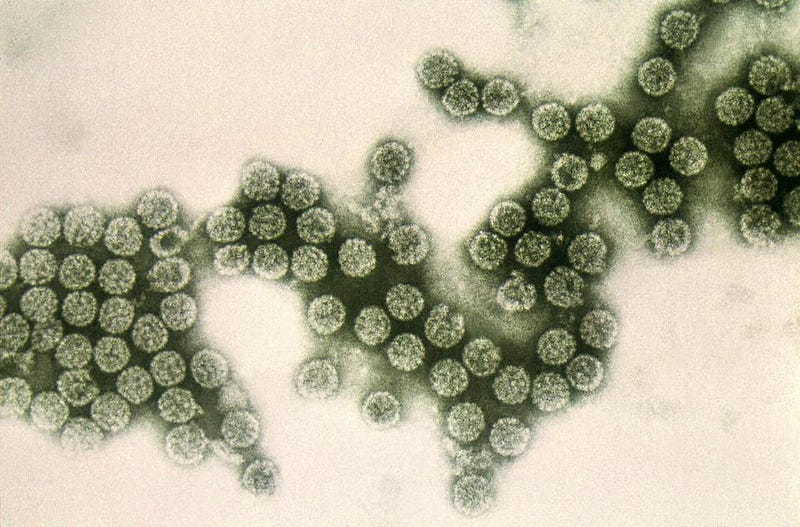
In biology, structure and function is arguably the most basic relationship of all. If an organism develops the ability to perform a specific function, then it will have a genetic sequence that encode the information for forming a structure that performs it. If you gain that genetic code in your own DNA, then you, too, can create a structure that performs the specific function in question.
As creatures grew in complexity, they accumulated large numbers of genes that encoded for specific structures that performed a variety of functions. When you form those novel structures yourself, you gain the abilities to perform those functions that couldn’t be performed without those structures. While simpler, single-celled organisms may reproduce faster, organisms capable of performing more functions are often more adaptable, and more resilient to change.
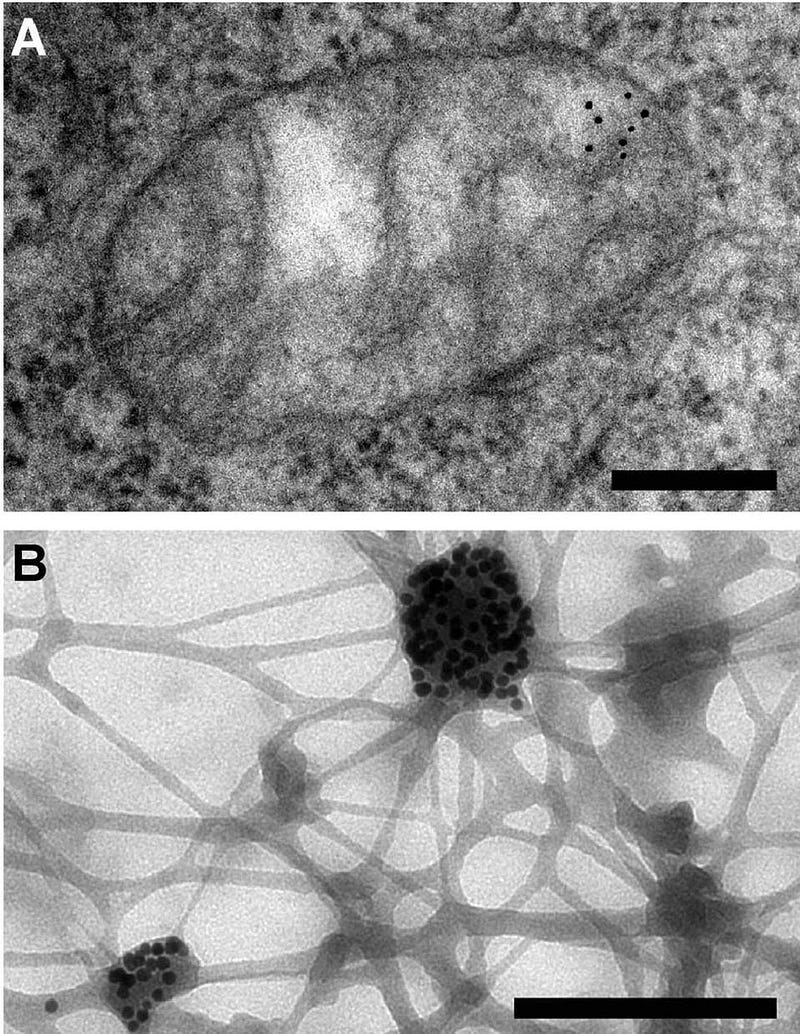
By the time the Huronian glaciation ended and Earth was once again a warm, wet world with continents and oceans, eukaryotic life was common. Prokaryotes still existed (and still do), but were no longer the most complex creatures on our world. For life’s complexity to explode, however, there were two more steps that needed to not only occur, but to occur in tandem: multicellularity and sexual reproduction.
Multicellularity, according to the biological record left behind on planet Earth, is something that evolved numerous independent times. Early on, single-celled organisms gained the ability to make colonies, with many stitching themselves together to form microbial mats. This type of cellular cooperation enables a group of organisms, working together, to achieve a greater level of success than any of them could individually.
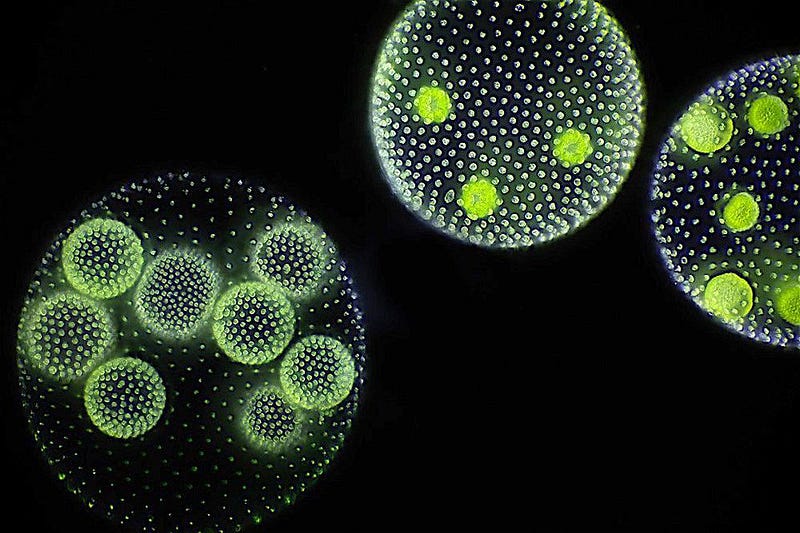
Multicellularity offers an even greater advantage: the ability to have “freeloader” cells, or cells that can reap the benefits of living in a colony without having to do any of the work. In the context of unicellular organisms, freeloader cells are inherently limited, as producing too many of them will destroy the colony. But in the context of multicellularity, not only can the production of freeloader cells be turned on or off, but those cells can develop specialized structures and functions that assist the organism as a whole. The big advantage that multicellularity confers is the possibility of differentiation: having multiple types of cells working together for the optimal benefit of the entire biological system.
Rather than having individual cells within a colony competing for the genetic edge, multicellularity enables an organism to harm or destroy various parts of itself to benefit the whole. According to mathematical biologist Eric Libby:
[A] cell living in a group can experience a fundamentally different environment than a cell living on its own. The environment can be so different that traits disastrous for a solitary organism, like increased rates of death, can become advantageous for cells in a group.
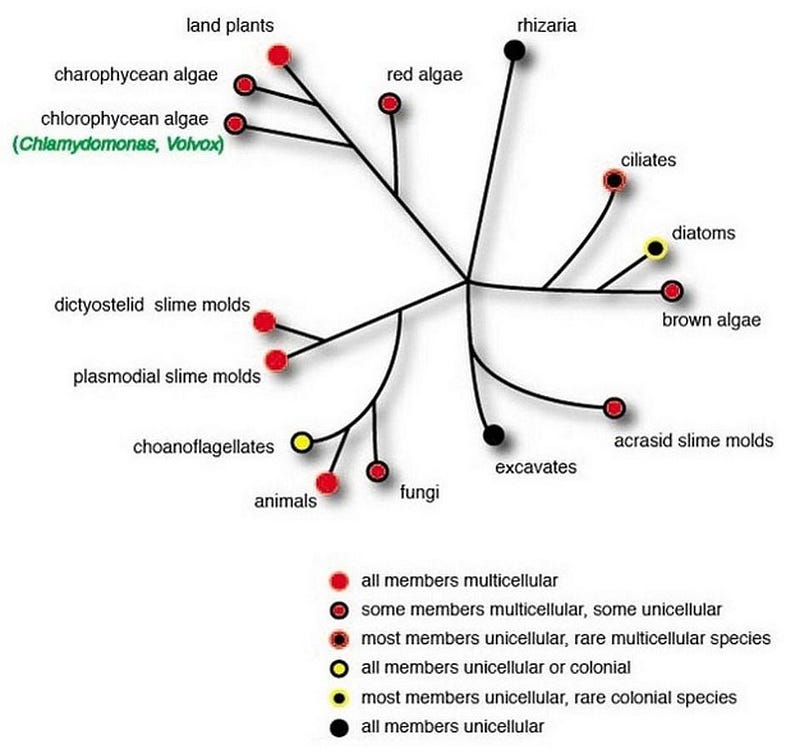
There are multiple lineages of eukaryotic organisms, with multicellularity evolving from many independent origins. Plasmodial slime molds, land plants, red algae, brown algae, animals, and many other classifications of living creatures have all evolved multicellularity at different times throughout Earth’s history. The very first multicellular organism, in fact, may have arisen as early as 2 billion years ago, with some evidence supporting the idea that an early aquatic fungus came about even earlier.
But it wasn’t through multicellularity alone that modern animal life became possible. Eukaryotes require more time and resources to develop to maturity than prokaryotes do, and multicellular eukaryotes have an even greater timespan from generation to generation. Complexity faces an enormous barrier: the simpler organisms they’re competing with can change and adapt more quickly.
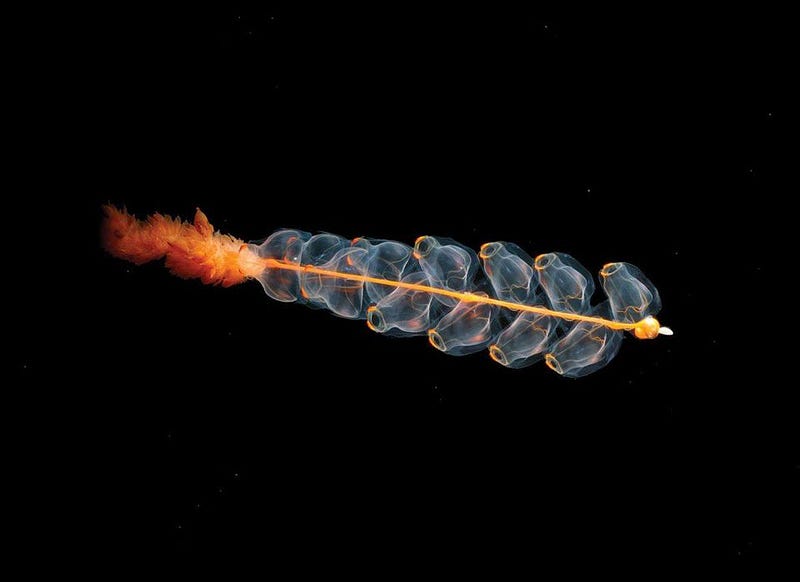
Evolution, in many ways, is like an arms race. The different organisms that exist are continuously competing for limited resources: space, sunlight, nutrients and more. They also attempt to destroy their competitors through direct means, such as predation. A prokaryotic bacterium with a single critical mutation can have millions of generations of chances to take down a large, long-lived complex creature.
There’s a critical mechanism that modern plants and animals have for competing with their rapidly-reproducing single-celled counterparts: sexual reproduction. If a competitor has millions of generations to figure out how to destroy a larger, slower organism for every generation the latter has, the more rapidly-adapting organism will win. But sexual reproduction allows for offspring to be significantly different from the parent in a way that asexual reproduction cannot match.

To survive, an organism must correctly encode all of the proteins responsible for its functioning. A single mutation in the wrong spot can send that awry, which emphasizes how important it is to copy every nucleotide in your DNA correctly. But imperfections are inevitable, and even with the mechanisms organisms have developed for checking and error-correcting, somewhere between 1-in-10,000,000 and 1-in-10,000,000,000 of the copied base pairs will have an error.
For an asexually-reproducing organism, this is the only source of genetic variation from parent to child. But for sexually-reproducing organisms, 50% of each parent’s DNA will compose the child, with some ~0.1% of the total DNA varying from specimen to specimen. This randomization means that even a single-celled organism which is well-adapted to outcompeting a parent will be poorly-adapted when faced with the challenges of the child.
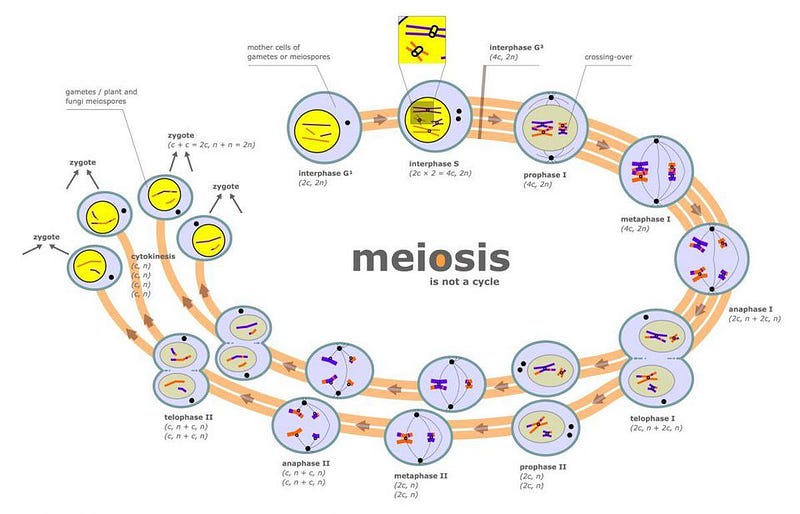
Sexual reproduction also means that organisms will have an opportunity to a changing environment in far fewer generations than their asexual counterparts. Mutations are only one mechanism for change from the prior generation to the next; the other is variability in which traits get passed down from parent to offspring.
If there is a wider variety among offspring, there is a greater chance of surviving when many members of a species will be selected against. The survivors can reproduce, passing on the traits that are preferential at that moment in time. This is why plants and animals can live decades, centuries, or millennia, and can still survive the continuous onslaught of organisms that reproduce hundreds of thousands of generations per year.
It is no doubt an oversimplification to state that horizontal gene transfer, the development of eukaryotes, multicellularity, and sexual reproduction are all it takes to go from primitive life to complex, differentiated life dominating a world. We know that this happened here on Earth, but we do not know what its likelihood was, or whether the billions of years it needed on Earth are typical or far more rapid than average.
What we do know is that life existed on Earth for nearly four billion years before the Cambrian explosion, which heralds the rise of complex animals. The story of early life on Earth is the story of most life on Earth, with only the last 550–600 million years showcasing the world as we’re familiar with it. After a 13.2 billion year cosmic journey, we were finally ready to enter the era of complex, differentiated, and possibly intelligent life.
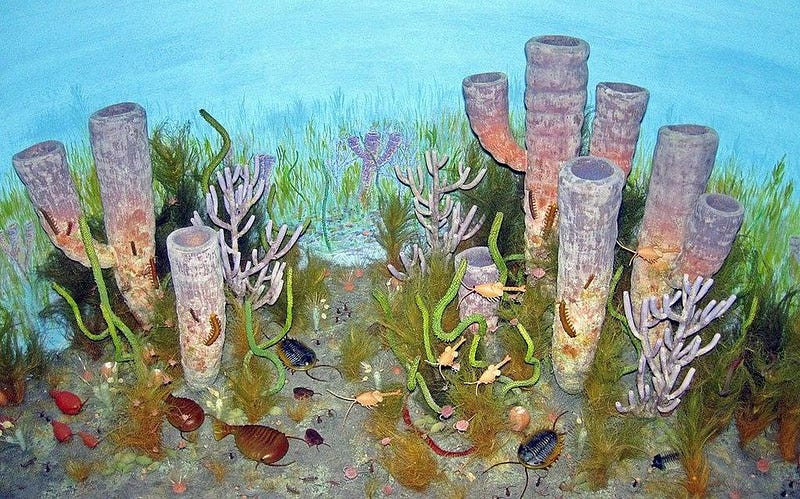
Further reading on what the Universe was like when:
- What was it like when the Universe was inflating?
- What was it like when the Big Bang first began?
- What was it like when the Universe was at its hottest?
- What was it like when the Universe first created more matter than antimatter?
- What was it like when the Higgs gave mass to the Universe?
- What was it like when we first made protons and neutrons?
- What was it like when we lost the last of our antimatter?
- What was it like when the Universe made its first elements?
- What was it like when the Universe first made atoms?
- What was it like when there were no stars in the Universe?
- What was it like when the first stars began illuminating the Universe?
- What was it like when the first stars died?
- What was it like when the Universe made its second generation of stars?
- What was it like when the Universe made the very first galaxies?
- What was it like when starlight first broke through the Universe’s neutral atoms?
- What was it like when the first supermassive black holes formed?
- What was it like when life in the Universe first became possible?
- What was it like when galaxies formed the greatest numbers of stars?
- What was it like when the first habitable planets formed?
- What was it like when the cosmic web took shape?
- What was it like when the Milky Way took shape?
- What was it like when dark energy first took over the Universe?
- What was it like when our Solar System first formed?
- What was it like when planet Earth took shape?
- What was it like when life began on Earth?
- What was it like when Venus and Mars became uninhabitable planets?
- What was it like when oxygen appeared and almost murdered all life on Earth?

